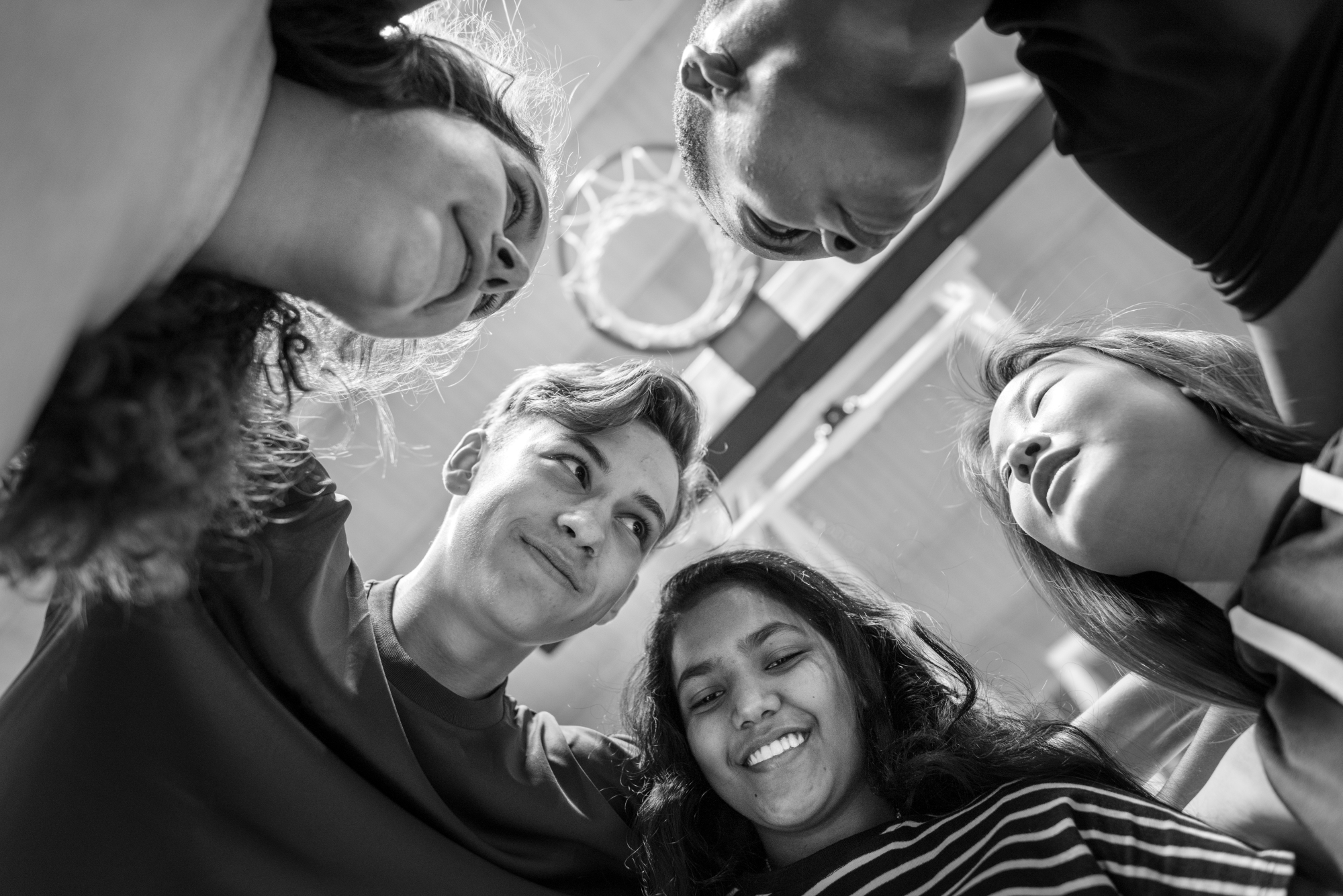by immusic | Nov 30, 2022
Category
vocal
Age
15+
Number of participants
5-30
Duration
approx. 10 min.
Working method
group work
Musical abilities of the trainers
1 2 3 4 5 6
Equipment and instruments
- optional: any type of instrument
Competences
- attention
- cooperation
- open minded
- team cohesion
Feel the Vibe
A cooperative game with a strong team-building character.
AIM
During the game, the goal is to pay attention to each other, to find harmony between group members. Music can only serve as a tool for this, but it undoubtedly brings an interesting color to the game.
Description
The participants stand in a circle.
The numbers are said one after the other from 1-30, but there is no fixed order as to who says the numbers one after the other. Those who feel it, say the following.
The point is not to say it at the same time, because then the game is over, i.e. it starts over.
Level up!
Try not to say numbers, but some kind of poem, melody, song, or maybe a musical scale for a group more familiar with music.
by immusic | Nov 30, 2022
Category
vocal
Age
10+
Number of participants
8+
Duration
approx. 10 min.
Working method
group work
Musical abilities of the trainers
1 2 3 4 5 6
Competences
- attention
- cooperation
- creativity
- open minded
- team cohesion
Unwrap It
Team-building game with cooperative and funny elements.
AIM
The purpose of the game is to play in a fun atmosphere, to strengthen team cohesion, and to develop creativity through the use of sounds.
Description
- Everyone close their eyes and make a sound that can be heard, e.g. singing voice, animal imitating voice, sound effect.
- Everyone chooses which one they like best. With your eyes closed, find the person who makes the sound you like best and touch that person’s shoulder. It is also possible that one of them has already grabbed someone’s shoulder, but the other is still looking for the real one, so they continue together until then.
- It is important to have a leader who sees when everyone has found the target person.
- At the end, random blocks are assembled. Open your eyes.
- Then take the hands of the two people standing next to you. This creates a tangled line.
- Try to make a circle out of it. The circle must be unrolled, even hiding under each other’s arms, but if possible, do not let go of the other.
by immusic | Nov 28, 2022
Category
vocal
Age
15+
Number of participants
8-20
Duration
approx. 10 min.
Working method
group work
Musical abilities of the trainers
1 2 3 4 5 6
Equipment and instruments
- optional: any type of instrument
Competences
- attention
- cooperation
- creativity
- open minded
- team cohesion
Follow the Sound
A playful game for following sound effects in spatial orientation.
AIM
The purpose of the game is to play in a fun atmosphere, to strengthen team cohesion, and to develop creativity through the use of sounds.
Description
- The participants should find a pair for themselves from the group.
2. Place the pairs facing each other along a straight line.
3. Have the pairs agree on a unique sound effect, this will help with spatial orientation. It is important that there is no matching sound within the group.
4. Step back to the end of the room, so that one of the couple is on one side of the room and the other is on the other.
5. The task is for one member of the pair to approach the other with closed eyes, but not yet touch her/him. The winner is the one who can get closest to their partner in a given time period. (The duration depends on the size of the space, so it’s worth having a test game first to know the ideal duration.) The sound effect helps in orientation, the goal is to approach their partner in a straight line.
6. After that, let’s change the pairs, and you can even choose a new sound effect.
Level up!
Play the sound effect only three times instead of continuously. It can be made even more difficult by placing the pairs randomly, not along a straight line, but this requires a space of sufficient size to avoid collisions.




Recent Comments